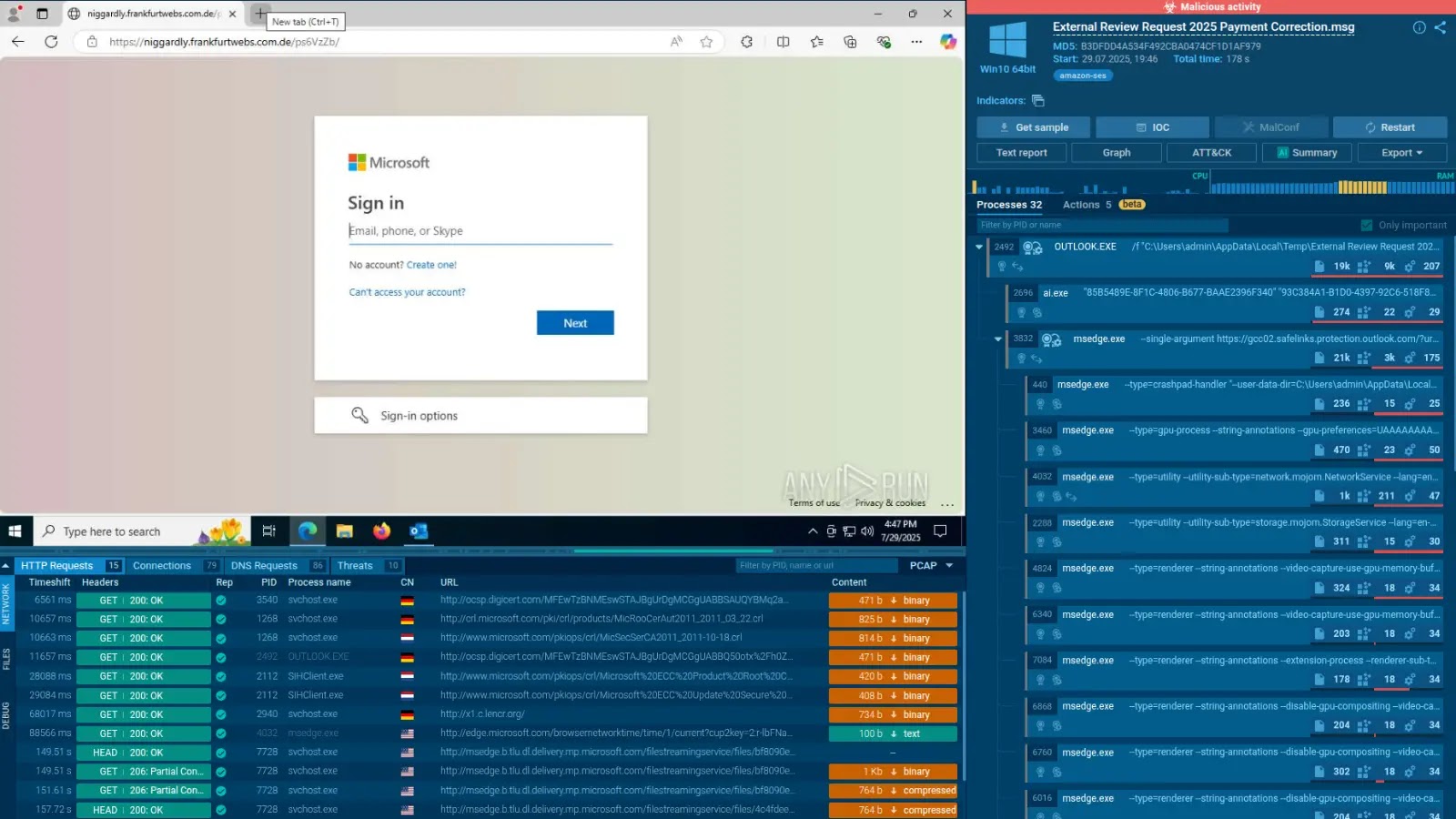
How Threat Intelligence Can Save Money and Resources for Businesses
The Undeniable ROI of Threat Intelligence: Protecting Profits, Not Just Perimeters
In the current threat landscape, cybersecurity is less about abstract defense and more about concrete financial protection. Organizations operating without modern threat intelligence (TI) are consistently exposed to escalating breach costs, inefficient resource allocation, and operational bottlenecks that directly impact their bottom line. The ability to leverage actionable intelligence is no longer a luxury; it’s a critical mechanism for businesses to reduce expenditures, streamline security workflows, and proactively mitigate risks before they metastasize into costly incidents. This shift from reactive firefighting to proactive defense is where threat intelligence truly shines, transforming security from a cost center into a strategic asset.
Understanding the Cost of Neglecting Threat Intelligence
The financial ramifications of a cybersecurity incident extend far beyond the immediate remediation efforts. Without a robust threat intelligence program, businesses face a cascade of expenses and inefficiencies:
- Escalating Breach Costs: Each security incident, from ransomware attacks to data breaches, carries a significant price tag. This includes forensic investigations, legal fees, regulatory fines, customer notification costs, and reputational damage that impacts future sales. Proactive intelligence can prevent these incidents, saving millions.
- Wasted Resources and Inefficiencies: Security operations centers (SOCs) are frequently overwhelmed by a deluge of alerts, many of which are false positives or low-priority. This alert fatigue leads to analyst burnout and inefficient resource allocation, as teams spend valuable time chasing ghosts instead of neutralizing genuine threats.
- Operational Interruptions: Downtime caused by cyberattacks, whether from system compromise or data unavailability, directly translates to lost revenue and decreased productivity. Threat intelligence helps organizations anticipate and defend against threats that could cripple operations.
- Compliance Penalties: Failure to adequately protect sensitive data can lead to severe penalties from regulatory bodies, impacting industries from healthcare (HIPAA) to finance (PCI DSS) and affecting global businesses (GDPR). TI helps ensure compliance by strengthening security postures.
How Threat Intelligence Drives Cost Savings and Resource Optimization
Implementing a comprehensive threat intelligence program yields tangible benefits that directly contribute to financial health and operational efficiency:
Proactive Risk Mitigation and Prevention
Threat intelligence provides early warnings, enabling organizations to defend against attacks before they succeed. By understanding adversary tactics, techniques, and procedures (TTPs), as well as indicators of compromise (IoCs), businesses can harden their defenses strategically. For example, knowing about a new critical vulnerability like CVE-2023-45678 in a widely used software allows for patching before exploitation, preventing potential breaches and their associated costs.
Optimized Security Operations and Reduced Burnout
Actionable intelligence enhances the effectiveness of security tools and personnel. By filtering out noise and prioritizing genuine threats, TI empowers SOC analysts to focus on what matters most. This not only reduces alert fatigue and burnout but also makes existing security investments more effective, potentially delaying or reducing the need for additional security tools. Instead of reactively responding to every alarm, teams can proactively hunt for specific threats relevant to their industry and infrastructure.
Intelligent Resource Allocation
Threat intelligence helps security teams allocate resources more strategically. Instead of a blanket approach, TI allows for targeted investments in protective measures against the most pertinent threats. For instance, if intelligence indicates a rise in phishing campaigns targeting a specific department, resources can be concentrated there for enhanced training and email security configurations. This precision avoids unnecessary spending on less critical areas.
Accelerated Incident Response
When an incident does occur, robust threat intelligence significantly shortens response times. Having pre-identified IoCs, typical attack chains, and adversary profiles allows incident response teams to quickly identify the scope of the breach, contain the threat, and eradicate it more efficiently. Faster response directly translates to reduced downtime and minimized financial impact.
Enhanced Strategic Decision-Making
Beyond tactical advantages, threat intelligence provides executive leadership with a clearer understanding of the organization’s risk posture. This data-driven insight supports better strategic planning, budget allocation for cybersecurity initiatives, and informed decisions regarding technology investments and business expansion into new markets where specific cyber threats might exist.
Conclusion: The Strategic Imperative of Threat Intelligence
The narrative around cybersecurity must shift from perceiving it purely as an expenditure to recognizing it as a critical investment that safeguards revenue, optimizes operations, and protects brand reputation. Organizations without a modern threat intelligence program are not merely at higher risk; they are actively incurring greater costs through inefficient security operations, preventable breaches, and unoptimized resource allocation. By embracing actionable threat intelligence, businesses gain the foresight to neutralize risks proactively, streamline their security efforts, and ultimately protect their profits in an increasingly hostile digital landscape. It is not just about defending against attacks; it is about building a resilient, financially sound future.





